
Sanandaj Bazaar (Shops, Photos, Opening Hours)
/
0 Comments
In the heart of the Middle East lies one of the most historical…

New Julfa, Isfahan, Iran (Religion, Map, Photos)
Isfahan is a city of rich history and the golden capital of delicious…
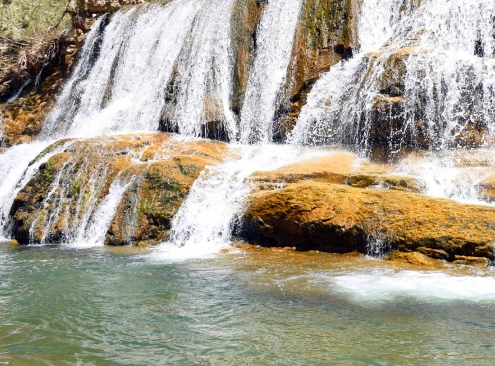
Gerit Waterfall, Lorestan (Location, Facts, Photos)
Located within the fascinating landscapes of Lorestan, Iran,…

Shirez Canyon, Iran (Things to Do, Map, Facts, Photos)
Visiting different parts of Iran in the time of spring is a fun…
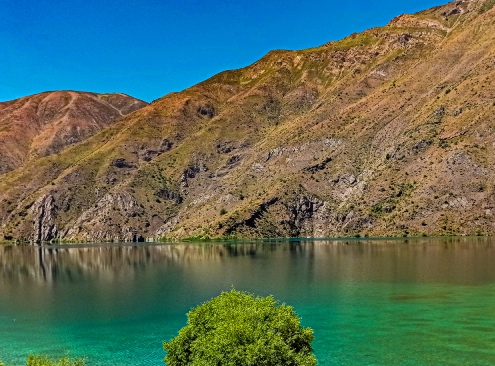
Gahar Lake, Lorestan (Fishing, Facts, Map, Photos)
There is a beautiful gem among the surrounding mountains of Iran,…

Fire Temple of Isfahan (History, Photos, Reviews, Location)
Isfahan, the most beautiful province in Iran with a wide variety…
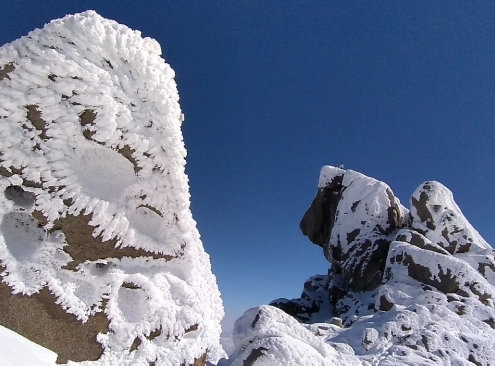
Alvand Mountain, Iran (Hike, Meaning, Height, Weather)
In the middle of Iran, there's a big mountain called Alvand.…
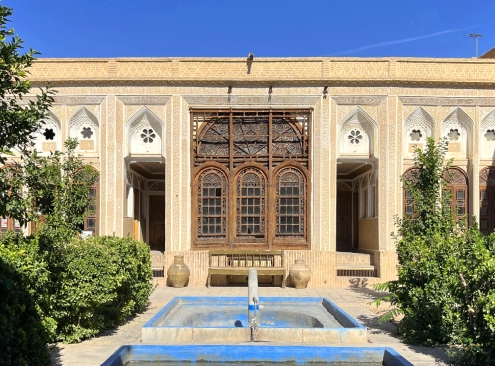
Yazd Water Museum (History, Tickets, Location, Photos)
Welcome to the Yazd Water Museum. A place where the past speaks…

Nay Band Village, Iran (History, Things to Do, Photos)
Nay Band Village is like a secret gem right in the middle of…
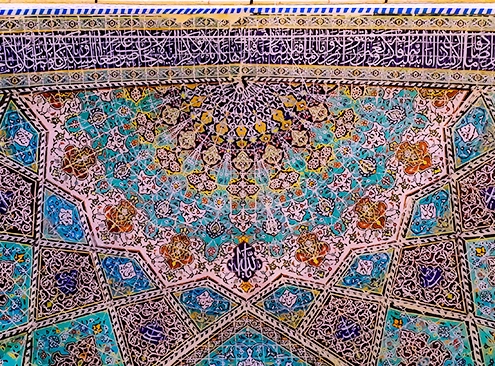
Jameh Mosque of Hamedan (History, Architecture, Location)
Located in the heart of Iran's historic city of Hamedan stands…

Monar Jonban, Isfahan (History, Age, Reviews, Photos)
In the heart of Isfahan, lies an architectural wonder known as…

Jameh Mosque of Yazd (History, Architecture, Photos)
The Jameh Mosque of Yazd is situated in the center of Yazd, Iran.…
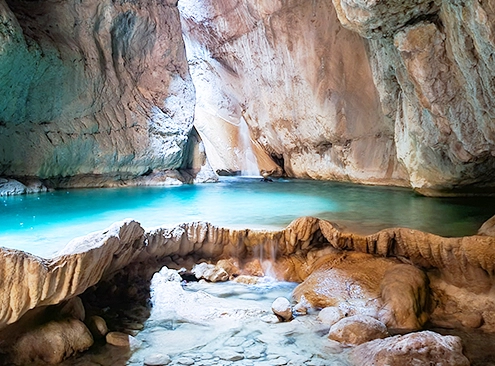
Raghez Canyon in Fars Province (Location, Hike, Tour, Map)
Raghez Canyon is among the best tourist attraction sites for…

Fath abad Garden, Kerman (History, Reviews, Photos)
“A garden among the flames!” Famous Iranian poet Saadi Shirazi…
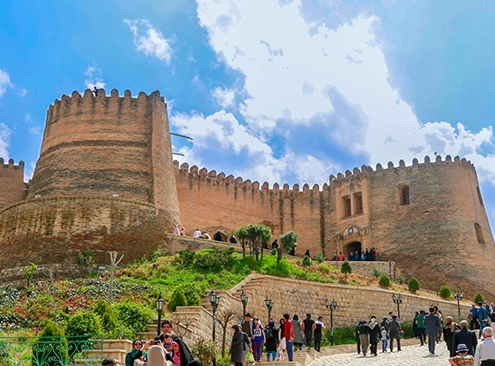
Falak-ol-Aflak Castle (Shapur Khast): History, Photos
In the heart of the city of Khorram Abad stands Falak-ol-Aflak,…
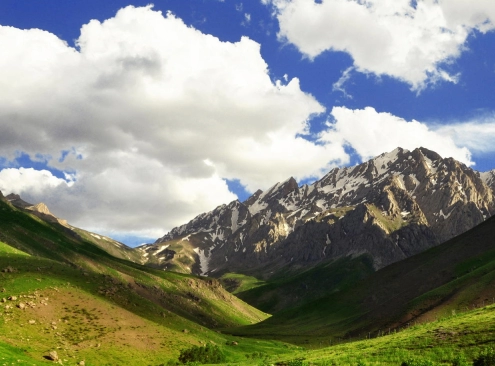
Oshtorankuh, Lorestan (Age, Location, Map, Photos)
Oshtorankuh is a magnificent mountain range that is revered for…
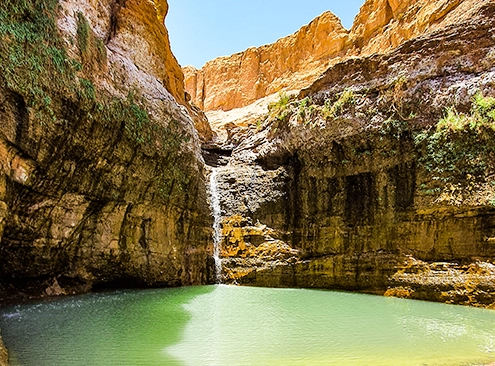
Keshit Waterfall, Kerman, Iran (Location, Facts, Photos)
Located in the historical city of Kerman is the renowned Keshit…

Best Places to Visit in Iran
Iran, a place of mesmerizing diversity, has a rich tapestry of…


